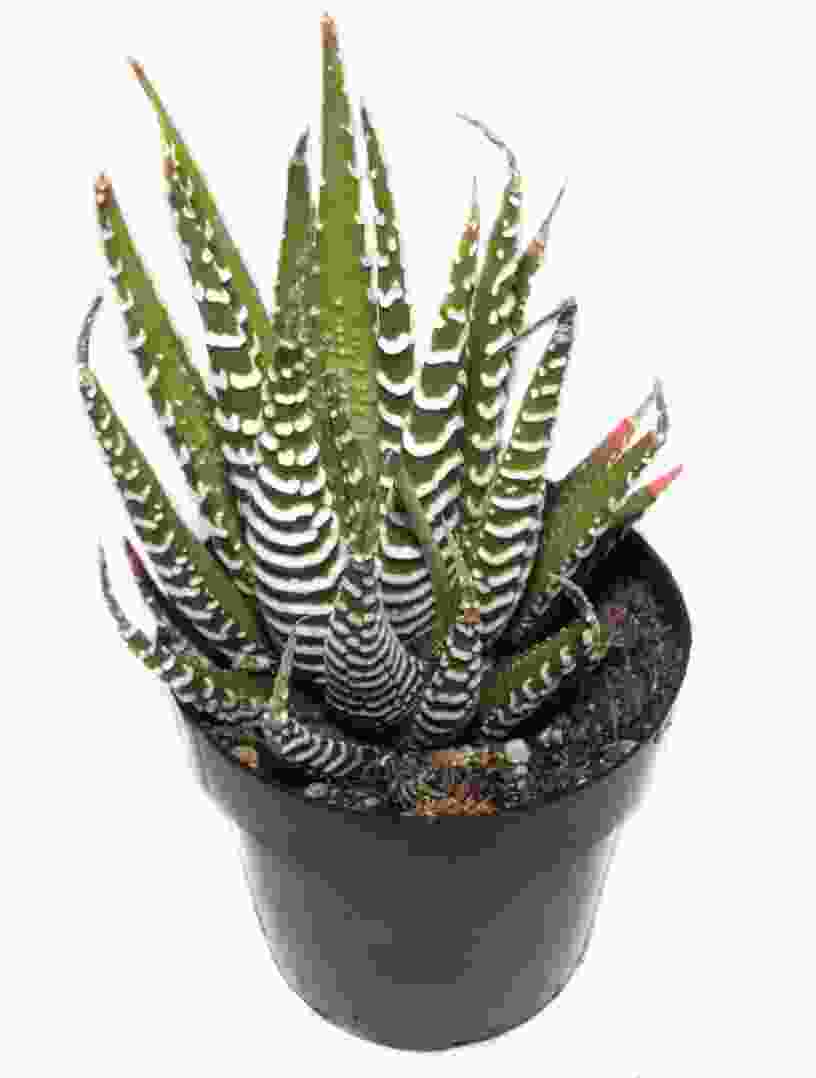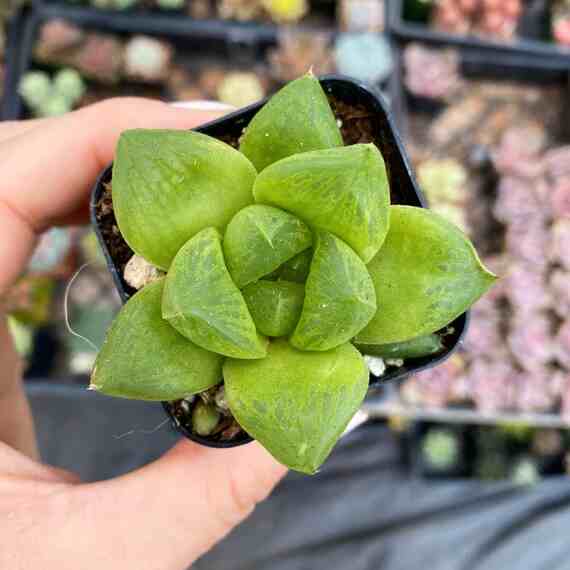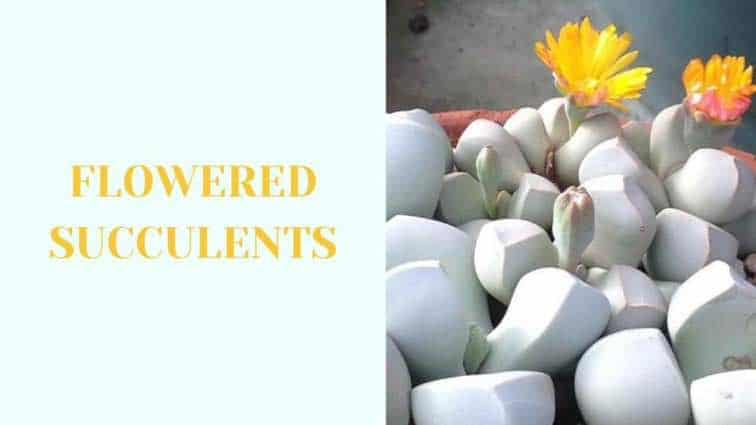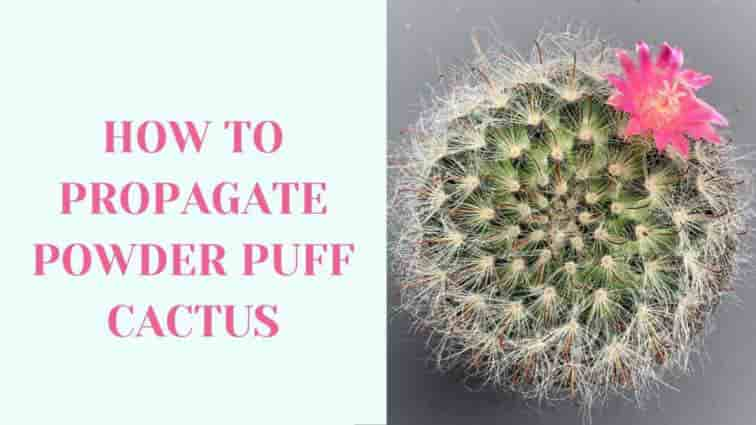Low light succulents are a special type of succulent that are specifically adapted to thrive in low light conditions. These plants are ideal for people who live in apartment buildings, homes without windows, or areas with limited natural light. They are also great for people who don’t have a green thumb and are looking for low maintenance plants that are easy to care for. In this article, we will explore the pros and cons of owning low light succulents, and provide a list of some of the best low light succulents available.
Pros of owning low light succulents:
-
Easy to care for: Low light succulents are incredibly easy to care for, making them a great choice for people who don’t have a lot of time or experience with plant care. They only need to be watered occasionally and don’t require any special equipment or fertilizer.
-
Low maintenance: Unlike other plants that require regular pruning, low light succulents are low maintenance and don’t require any special attention. This makes them perfect for people who are looking for a low-effort, low-maintenance option for adding a touch of green to their home.
-
Adds a touch of green to any space: Low light succulents are perfect for adding a touch of greenery to any room in your home, even those without windows or natural light. They are small, compact, and can easily fit into any space, adding a pop of color and a touch of life to any room.
Cons of owning low light succulents:
-
Slow growth: Low light succulents tend to grow much slower than other types of plants, which may be disappointing for some people. However, this slow growth also means that they don’t require as much maintenance, so it’s a trade-off.
-
May not be as visually appealing: Some people may find that low light succulents are not as visually appealing as other types of plants, as they tend to have smaller leaves and a more compact growth habit. However, this can also be seen as a positive, as it makes them easier to care for and manage.
List of low light succulents:
- Zebra Plant (Haworthia attenuata)
- Snake Plant (Sansevieria trifasciata)
- Pincushion Cactus (Mammillaria crinita)
- String of Pearls (Senecio rowleyanus)
- Starfish Plant (Stapelia variegata)
- Flapjack Plant (Kalanchoe thyrsiflora)
- Christmas Cactus (Schlumbergera spp.)
- Velvet Plant (Gynura aurantiaca)
- String of Bananas (Curtisia spp.)
- String of Hearts (Ceropegia woodii)
This is why low light succulents are a great choice for people who want to add a touch of green to their home, without having to put in a lot of effort or time. They are low maintenance, easy to care for, and can thrive in even the darkest of rooms. So, if you’re looking for a low-effort, low-maintenance plant to brighten up your home, consider one of the many low light succulents available.
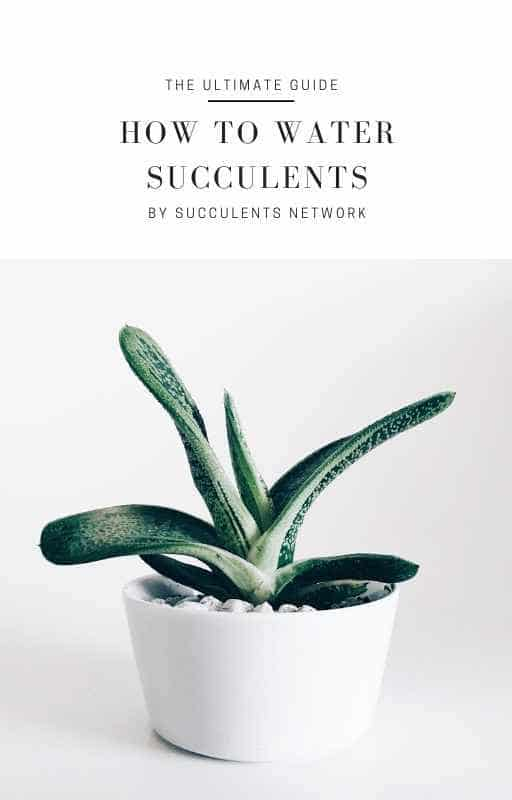
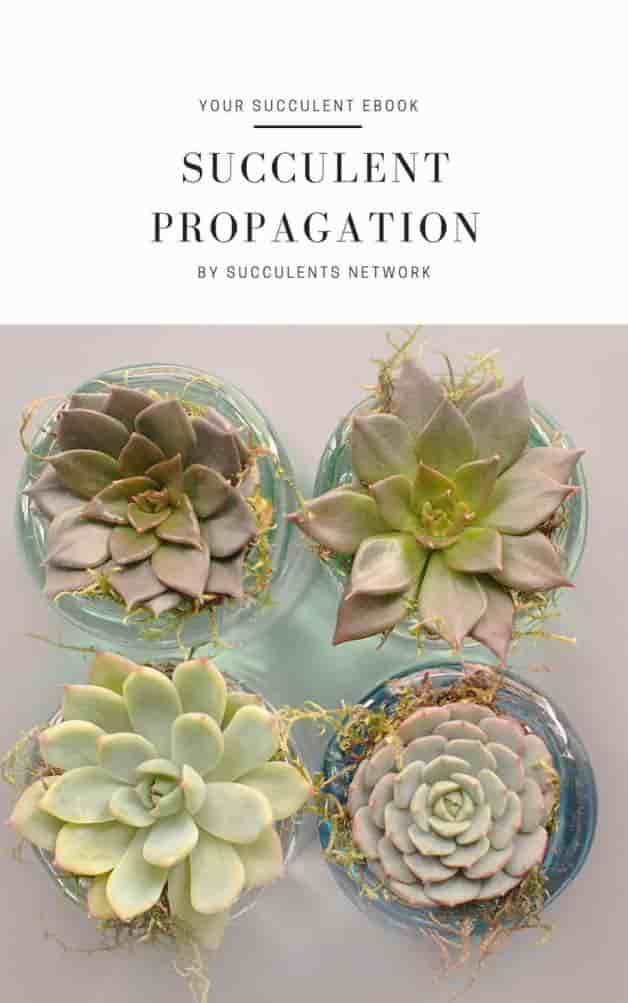
How to Propagate Low Light Succulents
Low light succulents can be propagated in several ways, including division, stem cuttings, and leaf cuttings. Here is a brief explanation of each method:
-
Division: This method involves separating a mature plant into smaller pieces and replanting each piece in a separate pot. This is a good option if your low light succulent has become too large for its pot or if you want to create more plants to share with friends or family.
-
Stem Cuttings: Stem cuttings can be taken from mature plants and rooted in water or soil. To take a stem cutting, cut a section of stem that includes at least one or two leaves. Allow the cut end to callus over for a few days, then plant the stem in soil or water. In a few weeks, roots should begin to form and new growth will appear.
-
Leaf Cuttings: Leaf cuttings are another way to propagate low light succulents. Simply cut a healthy leaf from a mature plant, allow it to callus over for a few days, and then plant it in soil. In a few weeks, roots should begin to form and new growth will appear.
Regardless of which method you choose, be sure to provide your propagated low light succulents with bright, indirect light and well-draining soil. Water sparingly, only when the soil is completely dry, to prevent root rot. With proper care, your propagated low light succulents should thrive and provide you with many years of enjoyment.
How to Water Low Light Succulents
Watering low light succulents is crucial to their health and survival, but it’s also important not to overwater them, as this can lead to root rot. Here are a few tips for watering low light succulents:
- Water sparingly: Low light succulents are drought-tolerant and don’t require frequent watering. Wait until the soil is completely dry before watering, and then give the plant a thorough watering, allowing the water to drain through the bottom of the pot.
- Use well-draining soil: Low light succulents need well-draining soil to prevent root rot. A mixture of cactus soil or sand with regular potting soil is a good choice.
- Check the humidity: If the humidity in your home is low, consider using a humidity tray to keep the air around your low light succulent moist. This can help to prevent dehydration and keep the plant healthy.
- Avoid getting water on the leaves: When watering your low light succulent, be careful not to get water on the leaves, as this can lead to rot. Instead, focus on watering the soil around the base of the plant.
Just remeber that watering low light succulents is an important part of their care, but it’s also important to be mindful of not overwatering them. By following these tips, you can ensure that your low light succulents receive the right amount of moisture to keep them healthy and thriving.
Gain a better understanding of how to grow your succulents through our guide!

